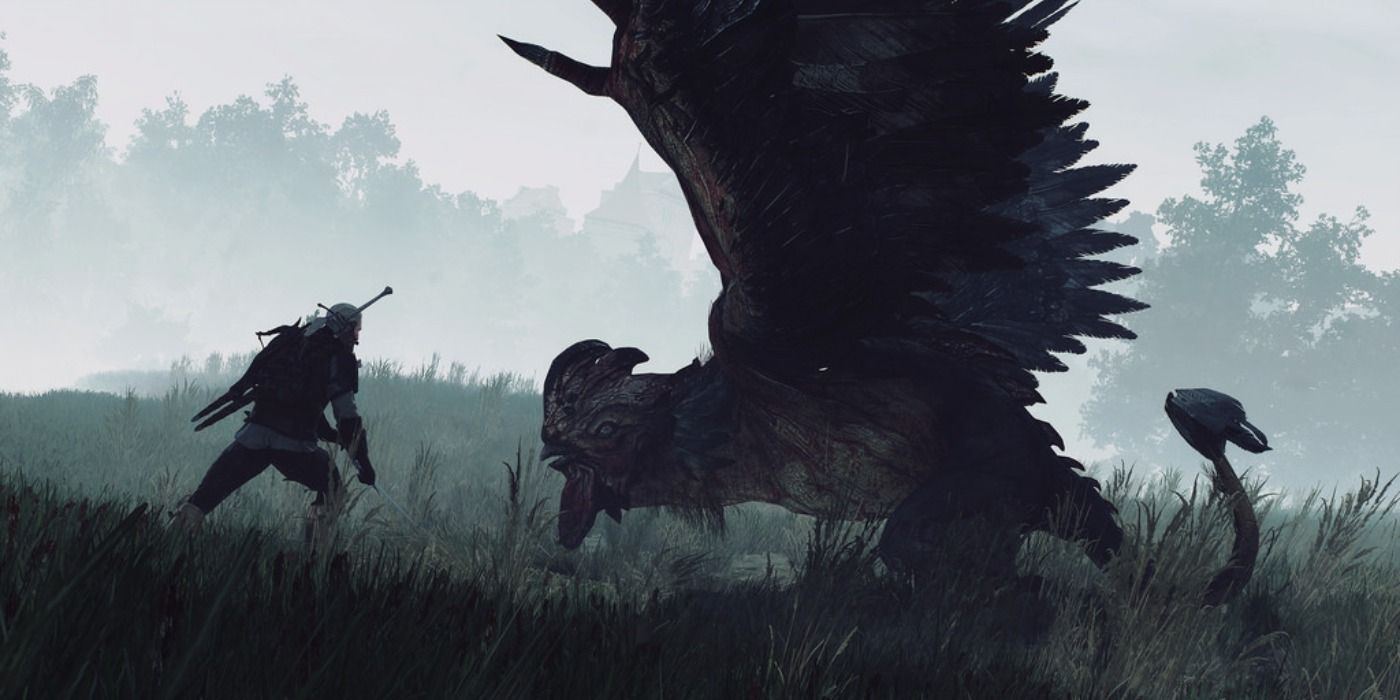
At the start of time of gaming's transition to the PS4 and Xbox One console generation, open-world games were all the rage among developers, who often bragged about how large or dense their game worlds were. Since then, the industry has cooled on the genre a bit, allowing room for shorter, more contained experiences alongside the open ones. Recent games like The Legend of Zelda: Breath of the Wild have made better open worlds, too, iterating on those that came before them to make a more refined experience. But there's still plenty that future open-world games need to avoid if they want to emulate these titles' success.
For Nintendo's first attempt at an open world, Breath of the Wild was a huge success. The Nintendo Switch launch title took the best things about games like The Elder Scrolls 5: Skyrim and topped them off with the Zelda universe's charm and Nintendo's signature level of polish. The result was one of the best open-world games ever created: a game that felt like every design decision was made with an open world in mind, rather than a game with an open world just to have one.
But what problems did Breath of the Wild dodge that other open-world games hadn't figured out? The following issues have historically plagued open-world games, but they can potentially be avoided through clever design choices.

Ubisoft's Far Cry and Assassin's Creed series popularized the now-infamous tower-climbing trope present in many open world games - including Breath of the Wild - where players' maps become populated with activity icons after observing the world from the top of a tower. This turns the open worlds into little more than massive checklists that make games take a long time to beat. Breath of the Wild solved this issue by revealing only the world's landscape after a tower-climb, encouraging players to explore the world on their own to find the game's activities. Granted, there isn't all that much to do in Hyrule, but future open-world games could fix that problem.

In what was likely a response to the immersion-breaking "checklist-ification" of open worlds, games like Red Dead Redemption 2 and Death Stranding leaned full-on into realism. In an attempt at creating a world players can really feel they've lived in, these games limit players' travel options and amp up the mechanics players need to deal with, introducing lengthy processes for things like animal skinning and resting after a mission. These risky Death Stranding and Red Dead Redemption 2 design decisions simultaneously make the games feel more and less "game-y," reducing the power fantasy with refreshing realism but also locking simple tasks behind tedious game mechanics.
Open worlds need to find a balance between immersion and gameplay, creating a smooth and simplified experience that also has the depth and complexity of a "realistic" world. A possible solution can yet again be found in Breath of the Wild, which had a limited number of mechanics (the Sheikah Slate's Rune abilities, climbing, and the paraglider) that could, for the most part, be applied logically in various contexts. This leads to a fair amount of repetition, but it also lets the player feel a certain level of mastery over a narrow but deep set of abilities.

It's widely recognized that many games have a problem known as "ludonarrative dissonance," which refers to the presence of conflict between a game's story and gameplay. This is especially prominent in non-linear, open-world games, where players are encouraged to pursue unimportant side missions as the threat of world-spanning destruction looms. The Witcher 3's side quests addressed this issue with sheer writing talent, presenting compelling missions that felt almost as important than the Geralt's main goal. Breath of the Wild's solution, though it may feel like a cop-out, was to simply make a world already destroyed by the game's antagonist. This meant Link could continue messing around in the name of getting strong enough to take on Ganon, seeing story sequences along the way in the form of non-chronological memories.
The unfortunate side effect of this approach, however, was a lack of stakes. Why even bother fighting Ganon at all, if he's just going to wait in the castle for the player to come stomp him? Figuring out how to tell a story that both allows for side-questing shenanigans and affords stakes to the main plot is a difficult task for open-world game designers - one many simply won't attempt. But, as games like Breath of the Wild and The Witcher 3 have show, the best will find a way to at least reduce the dissonance.
The Legend of Zelda: Breath of the Wild released on March 3, 2017, for Nintendo Switch and Wii U.
from ScreenRant - Feed https://ift.tt/3aXo0xA


0 Comments